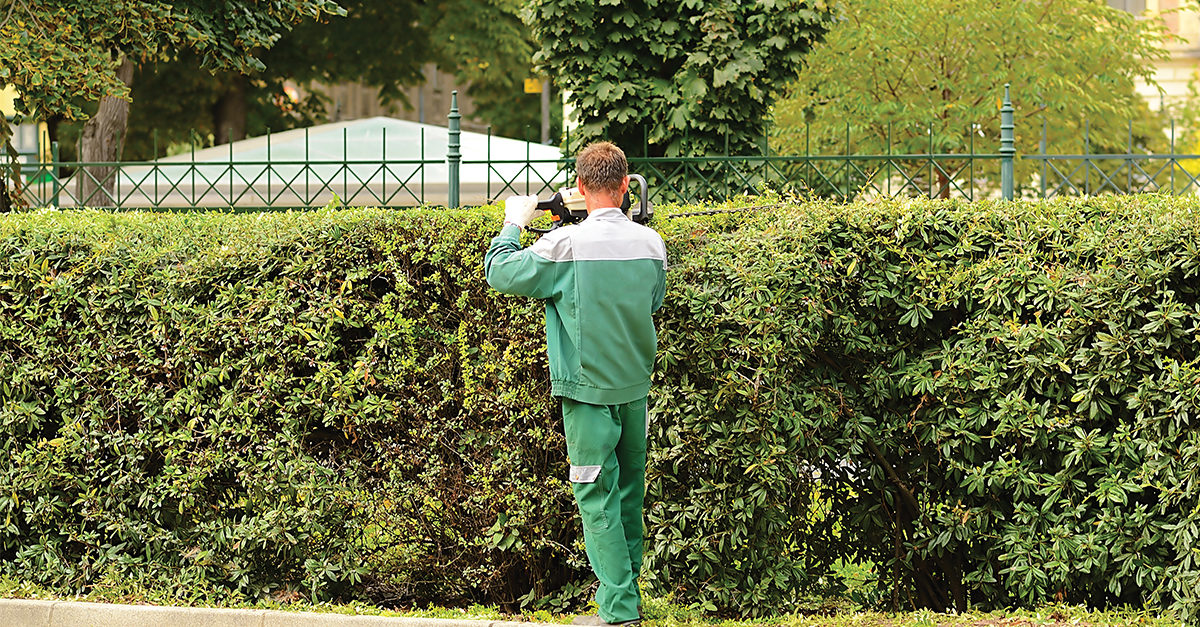As many pests like mosquitoes, ants, and flies become more active for the season, now is the time to revamp and reinforce your Integrated Pest Management (IPM) plan. IPM goes above and beyond traditional pest management by combining strategies like stringent sanitation, regular facility maintenance, and the implementation of a proactive program.
The concept is simple enough, but these aspects of IPM go a long way to help protect employees and customers from various pests that can transmit diseases and are capable of structural damage. The health and safety of others is the No. 1 reason an effective pest management program needs to be in place.
Establishing a stringent sanitation regimen and facility maintenance plan that covers indoor and outdoor areas can help protect your building and its occupants from the following pests and the diseases they carry:
Mosquitoes
These flying pests are not only a nuisance, but they can pose more serious health threats through their bite. They are capable of transmitting serious diseases such as West Nile and the Zika virus, which have put them in the global spotlight this year.
Previously, Zika virus cases were limited to parts of Africa and Asia, but an increase in cases has been reported in the Caribbean and South American countries. Aedes-species mosquitoes are known to transmit Zika virus—along with yellow fever, dengue fever, and Chikungunya virus—to humans.
While no domestically transmitted cases of Zika virus have been reported in the United States at this time, the World Health Organization (WHO) expects the virus to continue spreading to additional countries; U.S. travelers returning from affected countries have already been infected.
To help deter mosquitoes from becoming an issue on your property:
- Mosquitoes only need 2 to 3 inches of water to breed, so remove any sources of standing water, which can be found around gutters, in birdbaths, and in plant pots.
- Inspect window screens to ensure they fit tightly and have no holes.
Ants
Ants are a major concern throughout the country. If you have an active ant infestation, try to identify the type of ants on your property. Correct identification is vital as the treatment program is dependent on the species.
Some species of ants you may find include carpenter ants, pharaoh ants, and fire ants. Carpenter ants can be a threat to building structures; pharaoh ants can transmit diseases such as salmonella or staphylococcus; and fire ants can be harmful if a person is allergic to their painful stings.
Ants can gain access to the interior of a building through the tiniest cracks, and look for sweet, greasy, or protein-based foods. They leave an invisible pheromone trail for other ants to follow once they find a food source.
You don’t need to wait until you see ant activity to manage the situation—there are plenty of ways you can proactively thwart ants from coming in your buildings:
- Trim vegetation and tree branches to create an 18-inch buffer around your building’s perimeter.
- Inspect door sweeps and weather stripping to ensure they are in good condition.
- Seal all cracks and crevices on exterior walls.
- Clean all food and drink spills as soon as possible both indoors and outdoors.
- Rinse out food and beverage cans before putting them into recycling bins.
Flies
There are hundreds of known species of flies in North America. This annoying pest can contaminate food and surfaces, often carrying diseases that cause food poisoning and respiratory illnesses.
Flies are also prolific breeders. A single female fly can lay up to 100 eggs in its short lifetime. Fortunately, there are some simple steps you can take to help protect your facility against flies:
- Inspect high-risk areas such as food preparation areas, storage areas, loading and receiving docks, incoming shipments, the building exterior, and any area with decaying matter.
- Use caulk and weather stripping to seal openings around your facility, such as cracks, gaps, and holes.
- Use cleaning solutions to decompose organic materials from drains and high-use surfaces.
- Move dumpsters as far away from the building as possible, and clean and rotate them on a regular basis.
By implementing the tips mentioned in this article, you should be able to help protect your facility, staff, and building occupants from the threats of common and disease-carrying summer pests.



